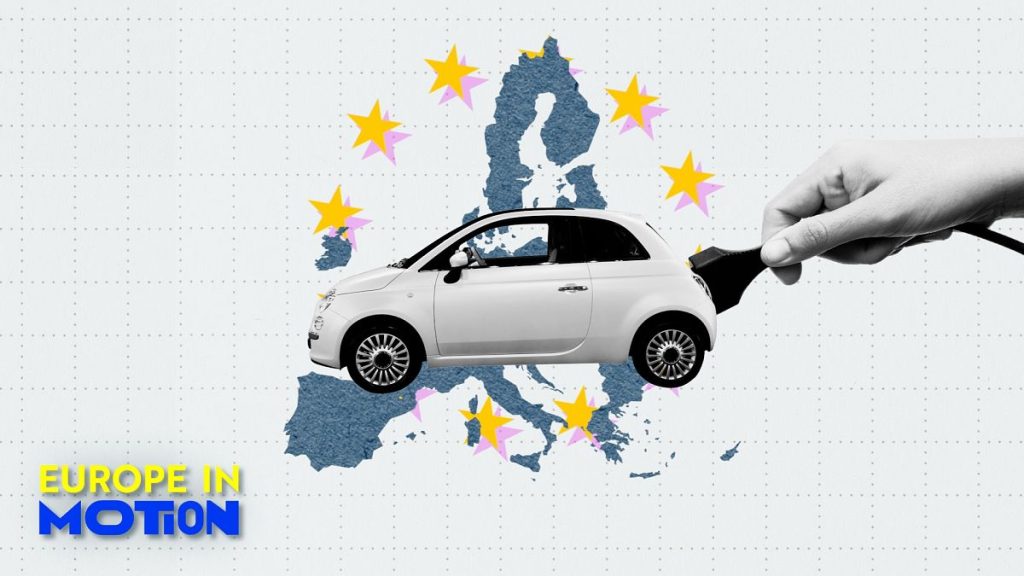The European Union’s automotive landscape is undergoing a significant transformation, with hybrid and electric vehicles rapidly gaining ground against traditional petrol and diesel cars. In 2023, nearly half (48.3%) of all new car registrations were hybrid or electric, almost equaling the combined share of petrol and diesel vehicles (48.8%). This represents a marked shift away from conventional internal combustion engines and highlights the growing consumer preference for cleaner, more sustainable transportation options. While petrol cars still hold the largest individual market share, the combined strength of hybrid and electric vehicles demonstrates the accelerating momentum of the electromobility transition.
A deeper dive into the data reveals the individual contributions of different powertrain technologies. Petrol cars retain the leading position with a 34.5% market share, followed by non-plug-in hybrid petrol-electric cars at 21.1%. Significantly, battery electric vehicles (BEVs) have overtaken diesel cars, capturing a 14.5% share compared to diesel’s 14.3%. This underscores the rapid growth of the BEV segment and suggests that diesel, once dominant in Europe, is facing a decline in popularity. The increasing affordability and range of BEVs, combined with supportive government policies and expanding charging infrastructure, are driving this shift towards fully electric mobility.
Analyzing the EU-wide data against the backdrop of the past five years reveals a consistent upswing in the adoption of hybrid and electric vehicles. The overall car fleet has expanded, and notably, nine EU member states have now crossed the 50% threshold for hybrid and electric vehicle registrations. This illustrates a diverse landscape of adoption rates across the EU, with some countries embracing electromobility more rapidly than others. Factors such as national policy incentives, consumer awareness, and the availability of charging infrastructure likely contribute to these variations.
Examining the individual country performance highlights the spectrum of electromobility adoption. Finland stands out as the clear leader, with a remarkable 78% of new car registrations attributed to hybrid and electric vehicles. Within this, hybrids constitute 44%, while fully electric cars represent 34%. Sweden follows closely with a 69% share, displaying a slightly different composition with 30% hybrids and a higher 39% for electric vehicles. The Netherlands completes the podium with a 68% combined share, divided between 37% hybrids and 31% electric cars. These countries demonstrate the potential for rapid electrification when supportive policies and robust charging networks are in place.
In contrast, several EU member states lag behind in the transition to electric mobility. Bulgaria registers the lowest adoption rate at a mere 7%, followed by Czechia at 20% and Croatia at 28%. These lower adoption rates may be influenced by various factors, including economic constraints, limited charging infrastructure, and potentially lower consumer awareness regarding the benefits of electric vehicles. Bridging the gap between leading and lagging countries will require targeted policies and investments to address these specific challenges.
The overall trend in the EU points towards a clear trajectory of increasing electrification. While petrol cars still maintain a significant presence, their dominance is waning as hybrid and electric vehicles continue to gain market share. The rapid growth of BEVs, in particular, indicates a strong shift towards fully electric mobility. The varying adoption rates across member states highlight the need for tailored strategies to address individual challenges and accelerate the transition towards a more sustainable transportation future across the entire European Union. The data underscores a fundamental shift in the automotive landscape, driven by technological advancements, environmental concerns, and evolving consumer preferences. The future of mobility in the EU appears increasingly electric.














